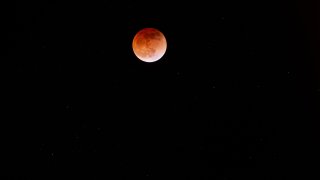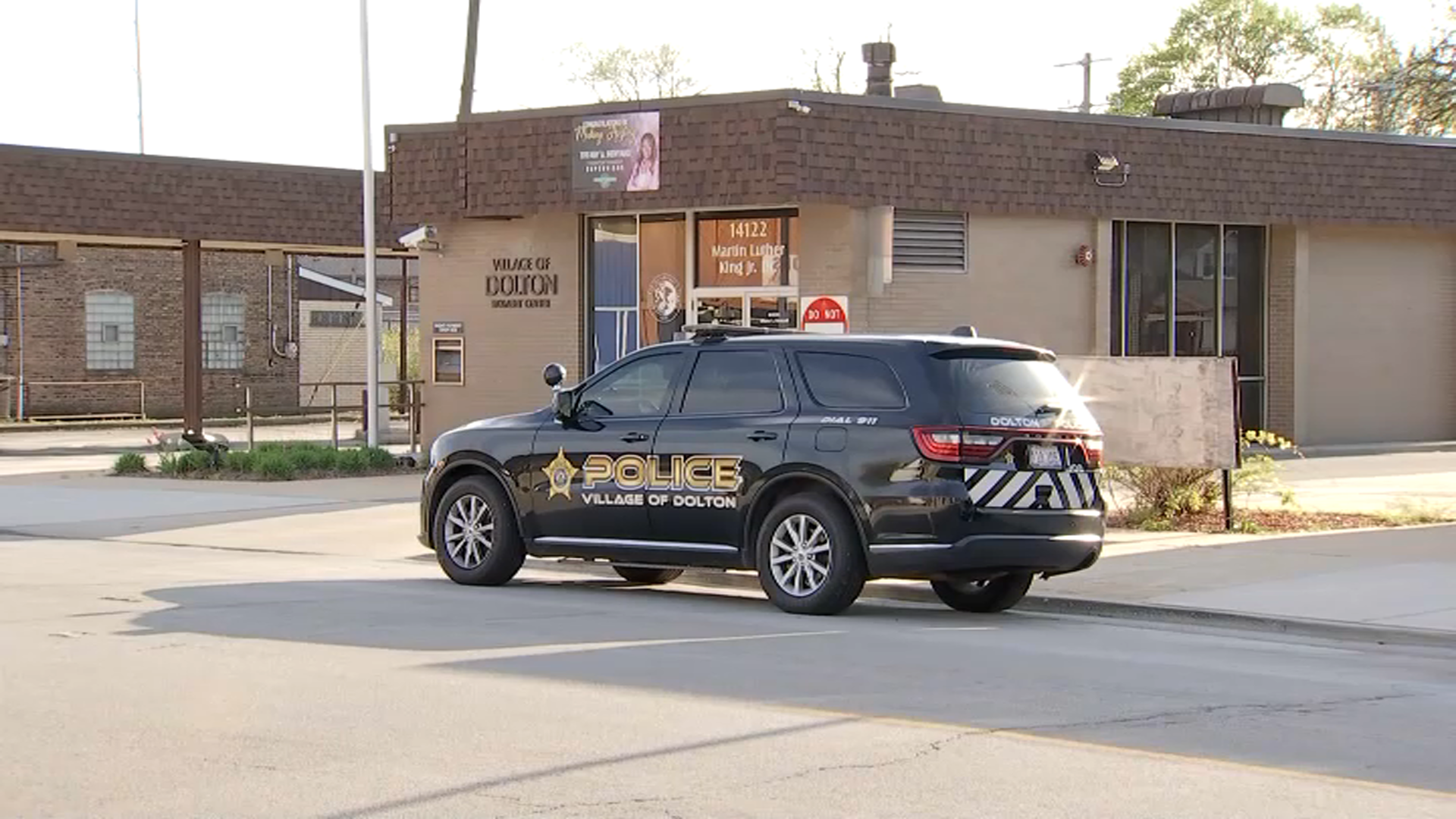
Those living around the Chicago area got to witness a blood moon this morning as a total lunar eclipse was visible throughout the region.
For those who didn't get a chance to see the eclipse, a total solar eclipse will be visible for Chicago-area residents before the next total lunar eclipse.
While the next visible total lunar eclipse won't occur until March 14, 2025, a total solar eclipse will be visible to the region on April 8, 2024.
Here's what to know about the spectacle witnessed overnight.
Feeling out of the loop? We'll catch you up on the Chicago news you need to know. Sign up for the weekly Chicago Catch-Up newsletter here.
What is a Total Lunar Eclipse?
A total lunar eclipse is when the sun, Earth and moon align so the moon passes into Earth’s shadow, according to NASA. In a total eclipse, the entire moon falls within the umbra, which is the darkest part of Earth's shadow.
According to the Adler Planetarium, a lunar eclipse isn't as showy as a solar eclipse, when the moon passes between the Earth and sun, although it does last longer.
Local
During a lunar eclipse, the moon turns a red hue. According to NASA, this is due to a phenomenon known as the Rayleigh scattering. Essentially, because the sun's rays have to travel through more of the Earth's atmosphere to reach the moon, the color appears red. The more dust or clouds present in the atmosphere at the time of the eclipse, the redder the moon will appear.
Why was the 2022 Total Lunar Eclipse Special?
Tuesday's total lunar eclipse marks the last one for the next three years.
The next total lunar eclipse is slated to take place on March 14, 2025, but there will be some partial eclipses before that, NASA reports.
When Can I See the Next Solar Eclipse?
The next total solar eclipse visible to the Chicago area will occur on April 8, 2024. While the eclipse will be visible throughout the region, the path of totality will be well south of the city.
Within Illinois, Carbondale will be in the path of totality once again, just as it was for the 2017 total solar eclipse that was also visible to the Chicago area.
In order to safely view a solar eclipse, eclipse goggles must be worn in the partial stages of the eclipse to protect eyes from the sun's radiation. During totality when the sun is completely obscured, the goggles are not needed.



